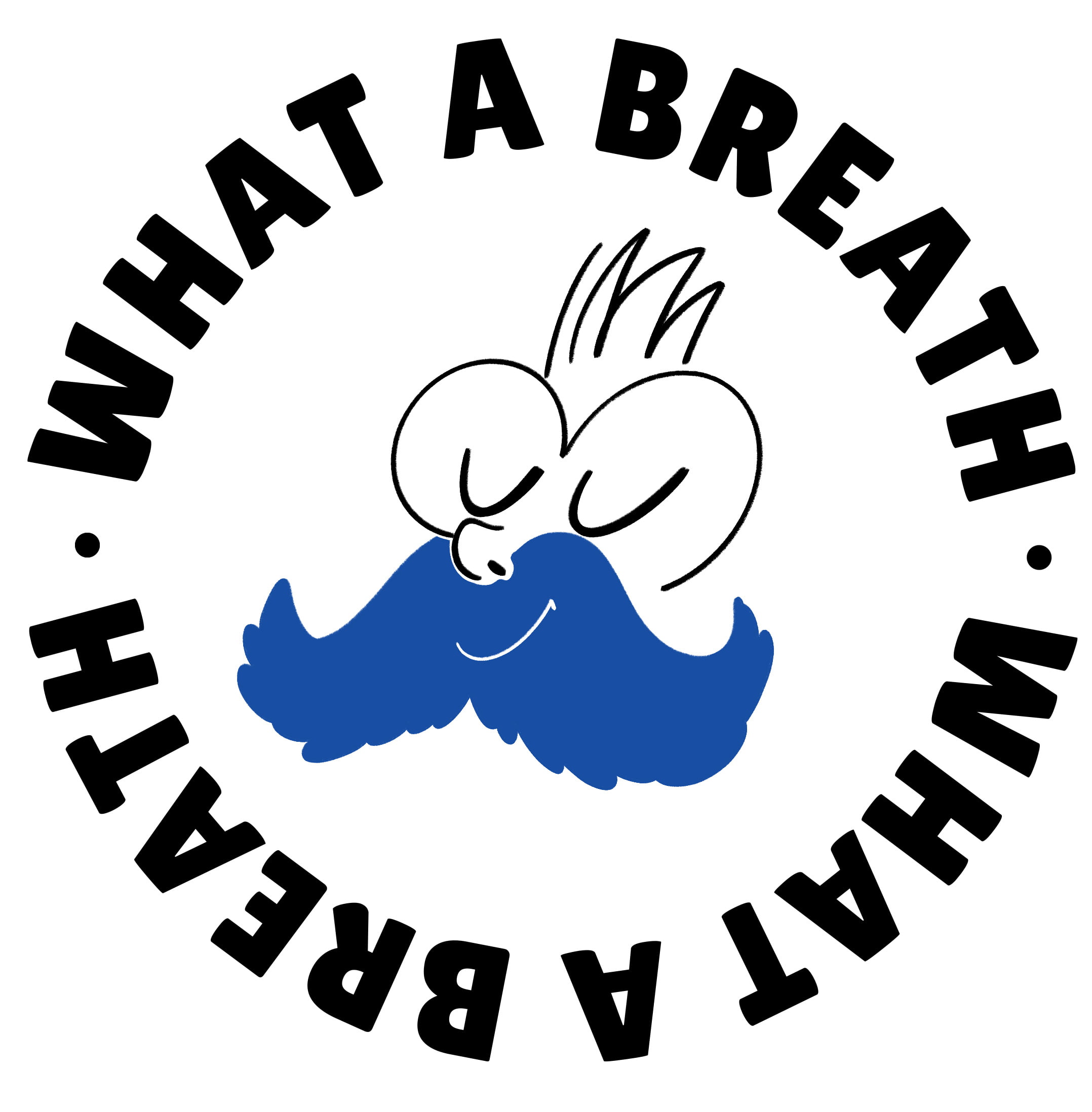Ever heard of Tummo breathing? No, non è una moda passeggera del mondo wellness, né un qualche trucco esoterico da guru new age. È una tecnica antichissima, potente, nata tra le montagne del Tibet, dove i monaci la praticavano (e ancora la praticano) per attivare il “fuoco interiore”.
Il suo obiettivo non è solo generare calore fisico – che comunque avviene, sul serio – ma soprattutto risvegliare energie profonde, portare consapevolezza nel corpo e nella mente, sviluppare una presenza stabile e forte.
In un mondo che ci chiede costantemente di essere “fuori”, connessi, produttivi, reattivi… il Tummo ci invita a tornare dentro. Letteralmente. E lo fa attraverso il respiro.
Le radici del Tummo: molto più di una tecnica di respirazione
Tummo in tibetano significa “calore feroce” o “calore interiore”. Si tratta di una pratica contenuta nei sei yoga di Naropa, un insieme di esercizi spirituali tramandati nel buddhismo Vajrayana. L’obiettivo era (ed è) la liberazione dai condizionamenti mentali, l’espansione della coscienza e l’attivazione dell’energia vitale interna, nota come kundalini.
La respirazione è solo uno degli ingredienti del Tummo. Gli altri sono la visualizzazione, la concentrazione e una postura fisica precisa. Insieme, creano uno stato alterato di coscienza in cui corpo e mente lavorano all’unisono. Non c’è nulla di casuale o improvvisato: ogni fase ha una funzione precisa, che va rispettata con attenzione.
How It’s Practiced (Briefly, Don’t DIY)
Durante una sessione di Tummo, il praticante si siede in posizione meditativa, con la schiena ben dritta. Il respiro si fa profondo, ritmato, si trattiene l’aria a polmoni pieni, poi si espira con intensità. Mentre si respira, si visualizza una fiamma accesa nella zona dell’ombelico, che cresce e riscalda tutto il corpo dall’interno.
Questa visualizzazione non è un semplice “pensiero felice”: è parte integrante del processo. Il calore percepito, infatti, deriva in parte da un’attivazione fisiologica (iperossigenazione, contrazione muscolare), ma anche da un coinvolgimento mentale fortissimo.
Molti monaci tibetani, attraverso anni di pratica, sono arrivati al punto di generare calore sufficiente da asciugare teli bagnati sulle spalle… nel bel mezzo della neve.
Science Is Paying Attention
La respirazione Tummo ha attirato l’attenzione di ricercatori e scienziati, soprattutto dopo che alcuni monaci sono stati osservati da team medici occidentali. Il dottor Herbert Benson, della Harvard Medical School, è stato uno dei primi a studiare seriamente questa tecnica. I risultati? Aumenti della temperatura corporea significativi, solo attraverso il respiro e la mente.
Poi è arrivato Wim Hof, con la sua “metodologia del ghiaccio” (di cui parlo anche here), che ha reso popolare in Occidente una forma di respirazione molto simile al Tummo. Anche lui è stato oggetto di studied extensively, che hanno confermato la capacità di influenzare il sistema nervoso autonomo, ridurre l’infiammazione, migliorare la risposta immunitaria. Tutto attraverso la respirazione.
Reported Benefits
Oltre al calore fisico, chi pratica Tummo descrive una serie di effetti interessanti. Il primo è una sensazione di centratura profonda. La mente si svuota, si calma, diventa più lucida. Il corpo si attiva, si risveglia, quasi si “ricarica”.
Molti parlano di un aumento dell’energia vitale, di un miglioramento della qualità del sonno, di un senso di forza interiore difficile da spiegare a parole. Anche lo stress sembra ridursi drasticamente. Alcuni riferiscono miglioramenti nella digestione, nella concentrazione, e in generale un senso di padronanza di sé che si riflette anche nella vita quotidiana.
Ma attenzione: il Tummo non è per tutti
Siamo sinceri: questa non è una tecnica da imparare in un weekend. E non è nemmeno il caso di improvvisare guardando un video su TikTok o YouTube. La respirazione Tummo è intensa, può provocare stati alterati di coscienza, e se fatta male può creare iperventilazione, sbandamenti, agitazione.
Serve preparazione, gradualità e, possibilmente, una guida esperta. È meglio iniziare da tecniche più semplici di respirazione consapevole, come la coerenza cardiaca, la box breathing o il pranayama base. Una volta che hai sviluppato familiarità con il tuo respiro e una buona capacità di ascolto interno, allora sì, potrai iniziare ad avvicinarti a qualcosa come il Tummo.
Perché ne parliamo oggi
Il Tummo è una pratica millenaria, ma ha un messaggio molto moderno: dentro di noi ci sono risorse, energie e capacità che spesso ignoriamo. Viviamo cercando fuori risposte, ma dimentichiamo che il nostro respiro è un ponte diretto con ciò che siamo, che sentiamo, che possiamo diventare.
Tummo non è solo una pratica estrema da monaci scalzi. È anche un simbolo: la prova che possiamo generare calore, forza e presenza… a partire da ciò che abbiamo sempre avuto con noi, il respiro.
Final Thoughts
La respirazione Tummo è un viaggio. Non uno di quelli da fare in fretta o per moda. È una strada antica, potente, che chiede rispetto e dedizione. Ma se senti che è il momento di esplorare le tue profondità, di accendere una nuova consapevolezza dentro di te, allora forse il Tummo ha qualcosa da dirti.
Non serve arrampicarsi sull’Himalaya. Serve solo cominciare ad ascoltare davvero. Se vuoi approcciarti a questo metodo in maniera sicura e con una supervisione professionale, beh get in touch with me!






